The beauty of flowers
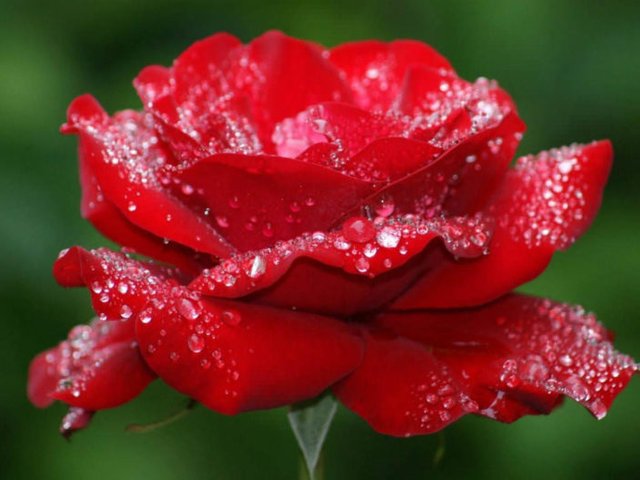
Flowers are a symbol of beauty, softness, and purity. The arrangement of its petals, the variety of colors, and the sweetness of the fragrance fill our minds with heavenly joy. Flowers are required for all occasions, including birthday celebrations, weddings, paying homage to the soul of the deceased, home decoration, Victory Day, Independence Day, and Martyr's Day. On the one hand, the fragrance of flowers fascinates people, and on the other hand, its beauty makes the natural environment attractive. Apart from this, the heavenly beauty of flowers gives absolute contentment and indescribable peace to the tired and weary people of daily life, even if only for a moment. That is why the poet says- 'If you buy a penny/food in the alliance, you get hungry / If you have two in the alliance, you get half / Flower, buy it, O fan / Fruit-rice sold in the market / He only satisfies the hunger of the body / Heart Sometimes that is Sudha.
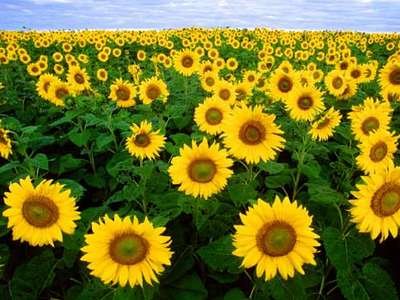
With the development of urbanization and civilization in the modern age, the need for flowers in the country and abroad is increasing day by day. Flowers are no longer just the stuff of beauty and luxury, but flowers are now an important tool in the country's national economy and foreign trade. Many countries today are cultivating, marketing, and using flowers on a commercial basis. Countries like Thailand, Singapore, Malaysia, Holland, etc., export orchids, and the Netherlands, the world's largest flower exporter, earns a lot of foreign currency by exporting tulip flowers abroad. Flowers, especially tuberose and rose, have already been produced and exported abroad as commercial cash crops in Bangladesh.
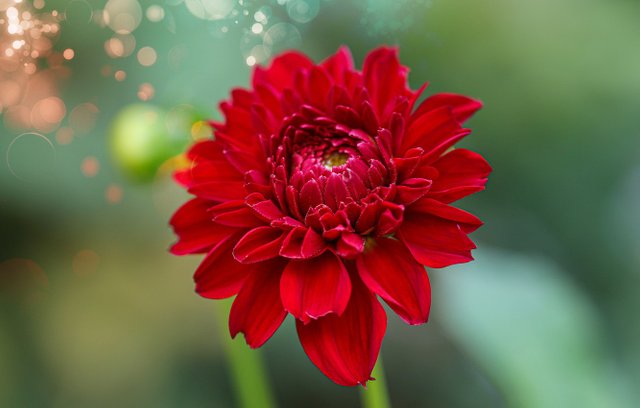
Rajnigandha is being cultivated commercially in Jhikargachha, Shasha, Chougachha, Jessore Sadar Upazilas of Jessore district of Bangladesh, and Jivannagar Kushtia, Jhenaidah, and Chuadanga. Apart from that, a small quantity of tuberose is also cultivated in Satkhira, Joydebpur, Comilla, and Chittagong. Recently, some nightshade and rose flowers have also started in the Khulna district. The rose flower is widely cultivated in Savar, Gazipur, Kaliakair, and Jessore of the Dhaka district. Commercial production of flowers is now going on all over the world. In our neighboring country India, large-scale traders like Tata and Birla cultivate flowers commercially. In India, there are subsidies to encourage floriculture. In some cases, the subsidy amount is up to 50%. Our country, like India, needs to introduce subsidies for commercial flower production.

Now, permanent flower shops have sprung up in different district cities of the country, including the capital Dhaka and even in some Upazila headquarters. In addition to seasonal flowers, these shops offer nightshade, rose, and marigold flowers. During the various national festivals, many buyers are observed in these shops to buy flowers. It is known that flower bikinis are good in these shops. It is undoubtedly the symbol of flower honor in the country. There is a lot of demand for Bangladeshi flowers abroad, especially nightshade and rose flowers. Most recently, flowers are exported from Bangladesh to London, Singapore, Saudi Arabia, Holland, and Abu Dhabi. Therefore, it can be said that our country also has a bright potential to export flowers on a large scale on a commercial basis.

The climate is very soil of Bangladesh suitable for flower cultivation. Rose, tuberose, dahlia, chrysanthemum, and marigold are some of the popular flowers in this country. Different types of seasonal flowers are grown in this country. Notable among the winter seasonal flowers are Aster, Elysium, Calendula, Cosmos, Carnation, Corn Flower, Chandra Mallika, Daisy, Dianthus, Dahlia, Larkspur, Ganda, Hollyhock, Nasturtium, Lupine, Poppy, Portulaca, Verbena Sweet Pee, Flux, etc. Morgan, Button flower, Dopati, Cleom, Gylardia, Morning Glory, Portulaca, Aparajita, Zinnia, Sandhyamani, Gandharaj, Tigger, etc. are significant seasonal flowers of summer and monsoon. Long-lived flowers include Rose,
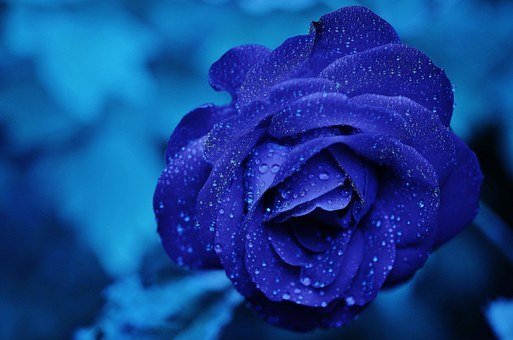
Sarvajaya, Swarnachapa, Korbi, Shefali, Rangana, Madhabi, Togar, Malti Aparajita, Jaba, Bagan Bilas, Patabahar, Chameli Belly, Jasmine, Rajnigandha, Mallika, Gandharaj, Dolanchampa, Togar, Kamini, Hasnahena. Musanda, Bakul, Nayantara etc. are among them.
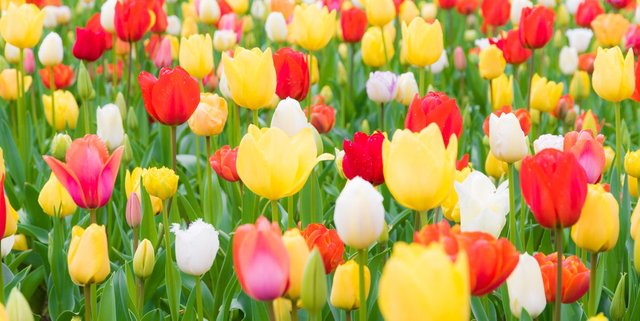
The international market has demand for flowers is huge, and the demand for flowers is increasing every year. The supply is less than that. According to one source, flowers worth an average of 2.5 trillion are sold worldwide every year. Terms of flower exports. The amount of foreign exchange earned each year by Israel, a country smaller than Bangladesh is several times more than the export trade of many developing countries. Our neighbor India is earning billions of rupees every year by exporting flowers to the Middle East and Southeast Asia. Their internal market is also huge. The size, color, aroma, durability, and beauty of the flowers produced in our country are relatively improved. Therefore, there is a huge demand for Bangladeshi flowers abroad. With a little effort, the flowers produced in this country can take place in the world market. For this, government patronage is very necessary.

Commercial floriculture and floriculture can boost Bangladesh's export earnings. Therefore, our country also produces flowers on a large scale on a commercial basis, and it is necessary to strengthen the system of exporting flowers abroad. On the one hand, it will earn a lot of foreign exchange in the country; on the other hand, it will create employment opportunities for the huge unemployed people and will facilitate the way of income, which will make a huge contribution to the development of the socio-economic condition of the country and alleviation of rural poverty.
Very nice.